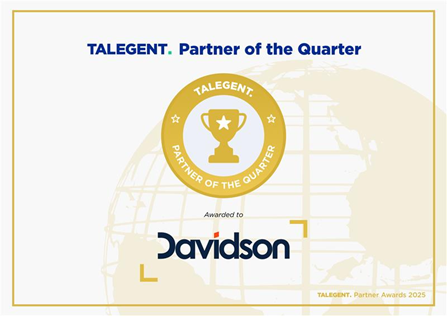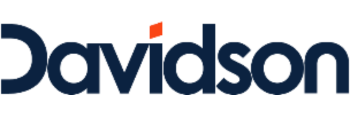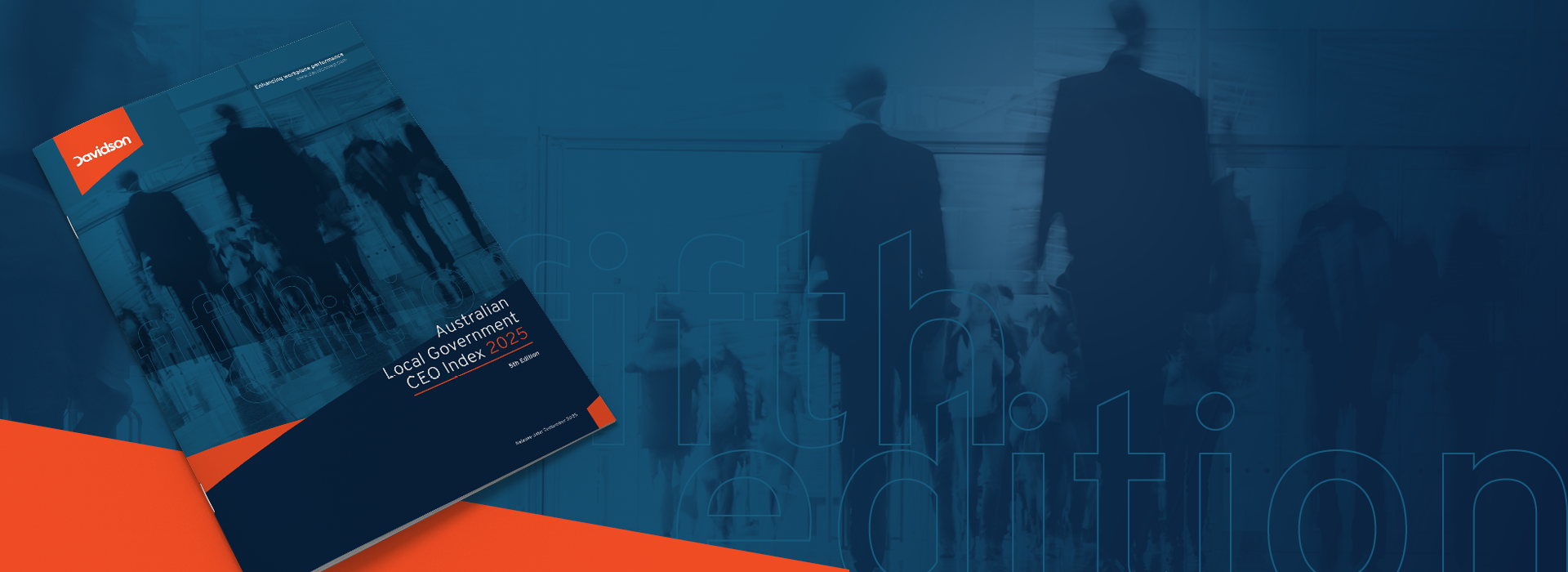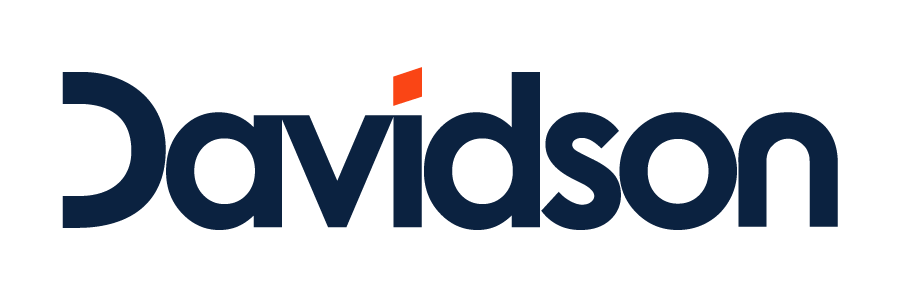HR Leadership - the Catalyst for Rapid Change
2020 has brought with it big shifts for organisations and leaders, with many highlighting that COVID-19 was the catalyst for change. Change has been expedited in 2020, some of which would have taken years. As we near the end of the year, it’s time to start looking at what the next 12 months will bring and what the key considerations are for Human Resource leaders.
Here’s my take on what is ahead for HR leaders in 2021.
- What does the new Business as Usual (BAU) looks like? HR is being asked to balance and maintain new flexible workplace arrangements with the need to collaborate in real time for continuous stimulation of new ideas and opportunities.
- 2021’s “COVID normal” way of living, working and playing is going to be key to the value proposition for companies. Will it be employee lead, leader lead, or a combination?
- How does HR partner with managers who are fixed on a physical presence in the office, whether or not that’s what employees really want?
- Authentic employee feedback surveys on what employees really want in the new world of work. Progressive organisations are comparing the employee perspective now compared to that measured at the peak of the pandemic, where uncertainty presented never before seen emotions and levels of anxiety
- In 2021 HR Leaders will be looking for authenticity within employee feedback. As job security starts to increase, will feedback change? Were some employees simply saying what they needed to say when they were concerned about job security?
- How did we do in caring for our people? Whilst employees could not vote with their feet at the time, employees were judging what their company did for their staff and how they were treated during this pandemic.
- How will employee habits change in 2021? Will remote working be appealing for the masses like we read about? Or in time will people miss the in-person interaction with their peers? Will we say goodbye to the 9-5 workday?
What activities are HR Leaders looking to deliver in 2021?
- How do we make sure flexible work is employee value driven not cost driven?
- Innovation and business improvement projects are back on the agenda from a proactive sense rather than a reactive need.
- Team workshops are being scheduled to set objectives for the year ahead and align individual plans for achieving these.
- As mentioned, employee experience and organisational culture surveys are being executed in order to get a baseline to really hear what employees want moving forward.
The next phase, COVID normal, is going to be tough. Remember though, it’s in our moments of discomfort that the greatest growth is achieved. So hang in there and push through. Good days and good times are coming.
Cameron Norton is a People, Process and Performance specialist with a focus on helping leaders, teams and organisations achieve their potential.
His mission is to empower people to push beyond what’s comfortable to achieve remarkable progress in their professional lives.
Follow Cameron on LinkedIn to keep across future articles, videos and content that can help you to expand your impact as a leader.
Share this content





